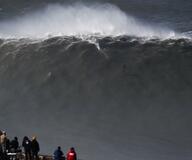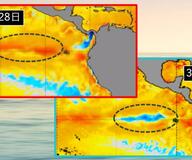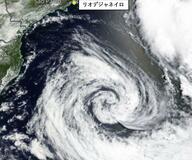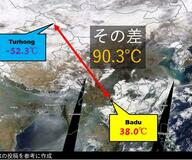Japan Sees Unprecedented Early Start to Summer
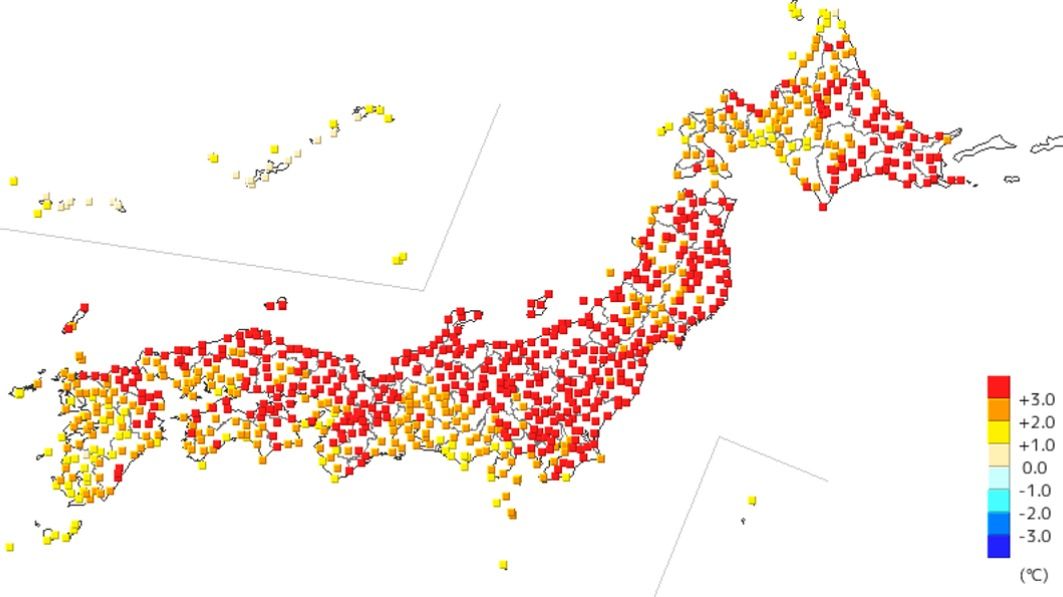
June is called “minazuki” in Japanese, meaning a month of rain, as it is typically in the midst of the plum rain season. Thick clouds darken the skies, but umbrellas and blooming hydrangeas make the streets colorful during a typical June.

RECORD EARLY START TO SUMMER
This year, something unprecedented is happening. The country is experiencing its earliest start to summer in recorded history. The Japan Meteorological Agency (JMA) officially declared the end of the rainy season on June 27(*) for three regions including central Japan’s Kanto-koshin, Tokai and western Japan’s northern Kyushu regions. The end of the wet season means the beginning of the infamous steamy, hot summer.
For the Kanto-koshin region including Tokyo, the end of the wet season was 22 days earlier than usual and the earliest since records started in 1951. Moreover, it was the shortest rainy season on record as it had only 21 days, which is about three weeks shorter than average.
NATIONAL RECORD HIGH FOR JUNE
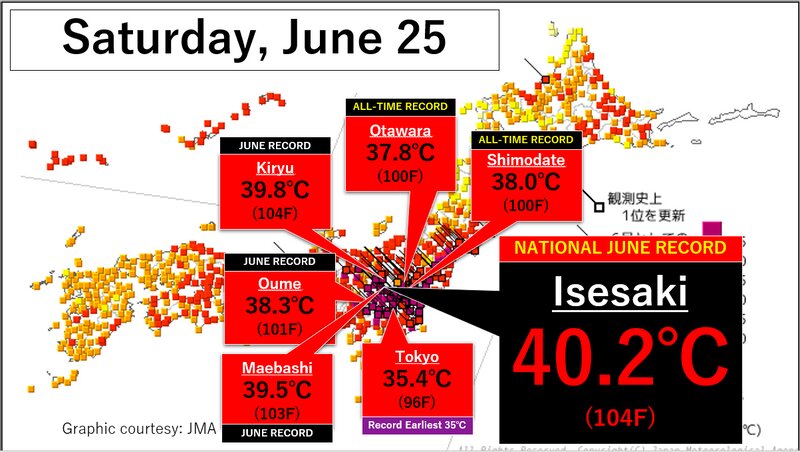
With the astonishing short rainy season, Japan is roasting under blazing sunshine and unprecedented heat. On June 25, Isesaki in Gunma Prefecture, located about 80 km north of Tokyo, had a daytime high of 40.2C (104F), making it the national record high for June. In metro Tokyo, the mercury hit 35.4C (96F) on the same day, which became the earliest 35C since records started in 1875. On the following day, the high rose to 36.2C (97F), making it the hottest June day, and on the 27th, the high reached 35.7C (96F), making it the first time ever that Tokyo had 35C or above for three days in a row in June.
INFLUENCE OF HEAT
The unseasonal heat led to numerous heat-related illnesses including 102 people taken to hospitals on the 26th in Tokyo. 95% of the city ambulances were in operation at around noon on the 27th. The Tokyo Metropolitan government urged households and businesses to save energy, partially due to the suspension of multiple thermal power plants in Fukushima Prefecture.
Water levels in several dams have been plummeting. In western Japan’s Sameura Dam, which is the largest dam in the island of Shikoku, the water level is only 34.9% of its capacity (as of 3pm on the 27th), much below the seasonal average of 85%. According to TV Asahi, the total rainfall so far this year around the dam is 114mm, 35 % of normal. If dry weather continues, the dam could be completely empty by mid-July, authorities said.
REASON FOR RECORD-HEAT
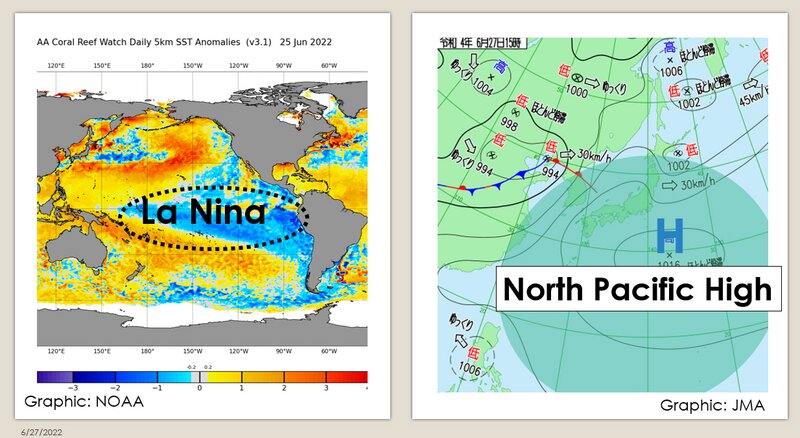
The reason for the record-breaking heat and early start to summer is a northward shift of a jet stream which allows the North Pacific High to enlarge and blanket Japan. Hot and steamy air keeps flowing into the island nation, leading to the foehn effect over central Japan.
Experts also say the current La Nina, cooler water temperatures over the equatorial eastern Pacific, could be to blame. On La Nina years, the sea surface temperatures on the opposite end of the Pacific get higher, bringing more convection and unstable weather. That in turn strengthens the North Pacific High.
HEAT REMAINS...
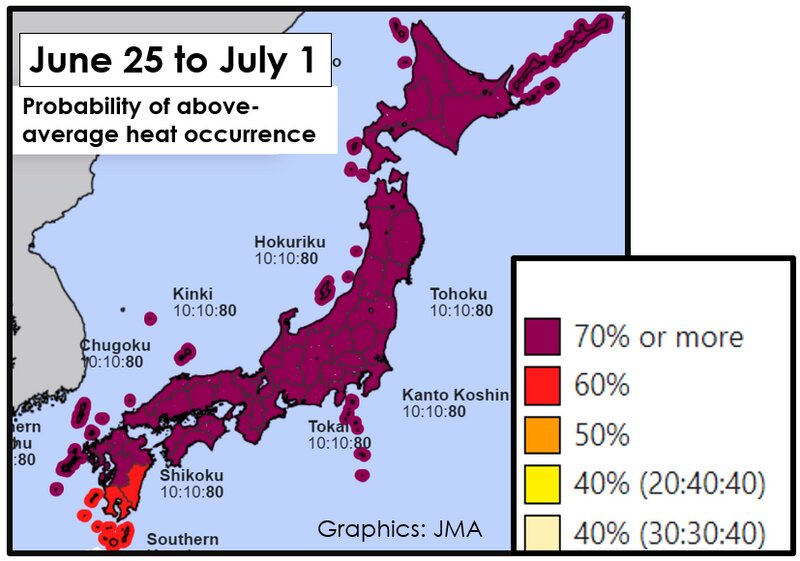
The heat is not likely to ease any time soon. The JMA is predicting that Tokyo will continue to have highs in the mid-30s through the rest of the week, and inland areas might hit as high as 40C.
Hopefully, this year is not going to be a repeat of the recent hazardous year. In 2018, a rainy season abrutly ended on June 29th, the earliest on record at that time. Kumagaya in Saitama Prefecture recorded 41.1C(106F) on July 23, surpassing the national all-time record high by 0.1C. A total of 93,000 people nationwide were taken to hospitals due to heat-related illnesses from June to September, the highest on record.
*The period of the wet season may be changed in September after the post-analysis.


